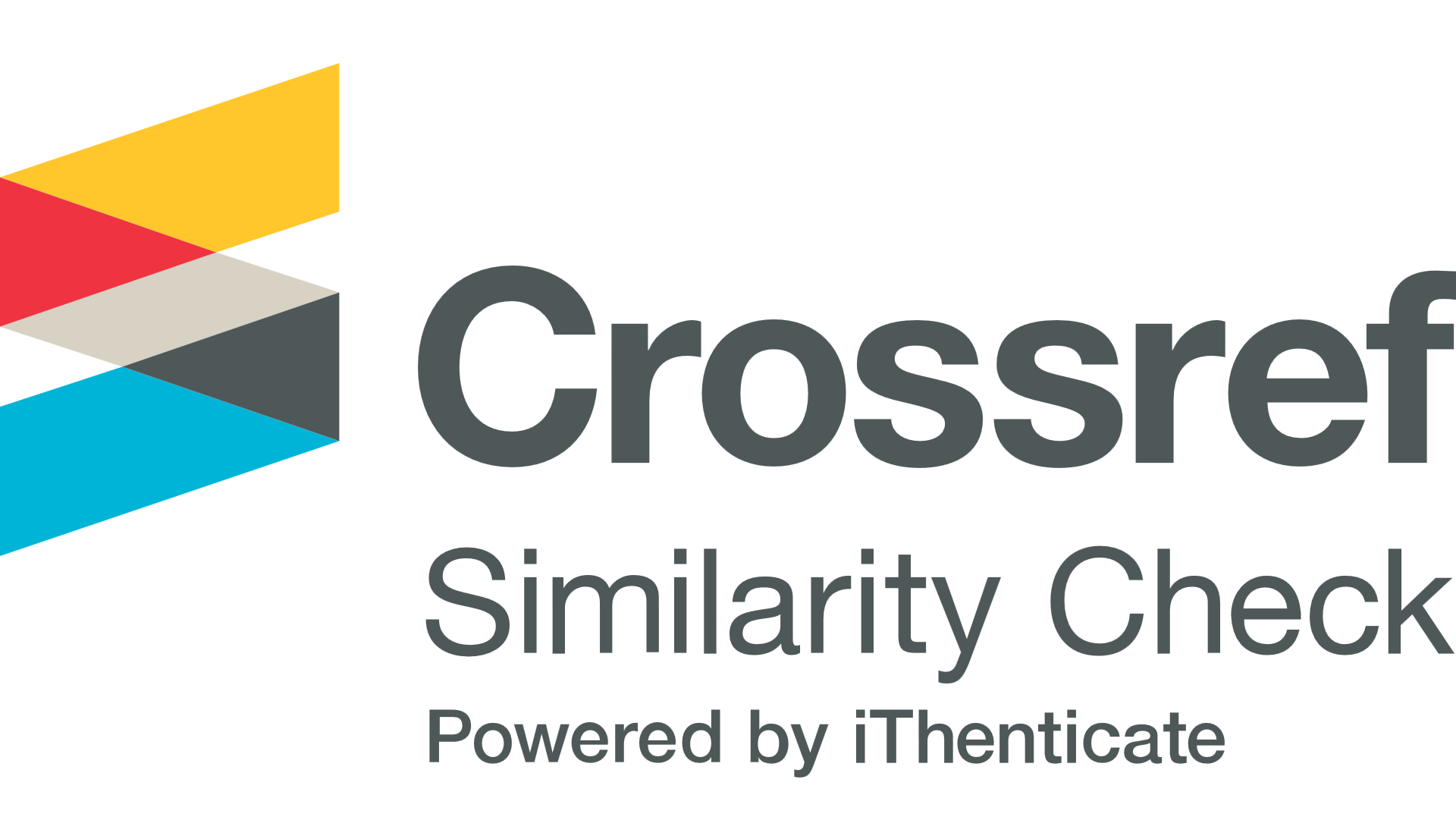Waste from the beer industry as an active coal precursor compared to other agroindustrial waste: a review
DOI:
https://doi.org/10.18593/eba.25575Keywords:
Activated carbon (CA), Adsorption, Agro industrial wastes, Malt bagasseAbstract
Activated carbon (CA) is a carbon-based material with a well-developed internal porous structure and large surface area. It is a very popular adsorbent used for water and wastewater treatment. Brazil is the third largest beer producer in the world, due to the large amount of waste generated by this industrial branch several alternatives are propose for the use of waste, one of them is the production of CA with the bagasse of malt. To evaluate malt bagasse as a precursor for CA it was compared to other agro-industrial residues that are used as precursors for CA, such as the residue from coffee production and orange peel, the type of physical and chemical activation for obtaining CA and the adsorption capacity were also compared, phenomenon physical chemical in which the component of a gaseous or liquid phase is transferred to a solid surface, the components that join a solid phase are called adsorbates and the component that retains the liquid phase is called adsorbent (CA). Malt bagasse as a precursor to CA has proven to be a promising alternative because of the results achieved compared to other agroindustrial wastes and because it is a cheap and resource-intensive alternative.
Downloads
References
Associação Brasileira da Indústria da Cerveja [Internet]. Anuário; 2016 [acesso em 2020 ago. 10]. Disponível: http://www.cervbrasil.org.br/novo_site/anuarios/CervBrasil-Anuario2016_WEB.pdf
Reynold MR. Manual Prático de Cervejaria. São Paulo: Aden; 1997.
Lima TC, Araújo IO, Antunes JG, Matos CJG, Pereira CSS. Estudo da produção de bioetanol a partir do bagaço de malte. São Paulo: Blucher; 2014. DOI: https://doi.org/10.5151/chemeng-cobec-ic-07-eb-119
Menezes LCMAO, Yamashita M. Produção de tijolos ecológicos com cinzas de caldeira e bagaço de malte [trabalho de conclusão de curso]. Ponta Grossa: Universidade Tecnológica Federal do Paraná; 2017.
Guo M, Du J, Zhang Z’A, Zhang K, Jun Y. Optimization of brewer’s spent grain-enriched biscuits processing formula. J. Food Process Eng. 2014; 37: 122-30. DOI: https://doi.org/10.1111/jfpe.12067
Sahu JN, Acharya J, Meikap BC. Optimization of production conditions for activated carbons from tamarind wood by zinc chloride using response surface methodology. Bioresour Technol. 2010; 101:1974-82. DOI: https://doi.org/10.1016/j.biortech.2009.10.031
Bhatnagar A, Hogland W, Marques M, Sillanpaa M. An overview of the modification methods of activated carbon for its water treatment applications. Chem Eng J. 2013; 499-511. DOI: https://doi.org/10.1016/j.cej.2012.12.038
Nayak A, Brushan B, Gupta V, Sharma P. Chemically activated carbon from lignocellulosic wastes for heavy metal wastewater remediation: Effect of activation conditions. J. Colloid Interface Sci [Internet]. 2017; 493: 228-40. doi: http://dx.doi.org/10.1016/j.jcis.2017.01.031 DOI: https://doi.org/10.1016/j.jcis.2017.01.031
Perilli TAG, Sicupira DC, Mansur MB, Ladeira ACQ. Avaliação da capacidade adsortiva de carvão ativado para a remoção de manganês. Holos [Internet]. 2014; 3: 264. doi: http://dx.doi.org/10.15628/holos.2014.1777 DOI: https://doi.org/10.15628/holos.2014.1777
Alves ACM. Avaliação do tratamento de efluentes líquidos contendo cobre e chumbo por adsorção em carvão ativado [dissertação]. Maceió: Universidade Federal de Alagoas; 2007.
Wang J, Kaskel S. KOH activation of carbon-based materials for energy storage. J Mater Chem. 2012; 22: 23710-25. DOI: https://doi.org/10.1039/c2jm34066f
Laksaci H, Khelifi A, Trari M, Addoun A. Synthesis and characterization of microporous activated carbon from coffee grounds using potassium hydroxides. J. Clean. Prod [Internet]. 2017; 147: 254-62. doi: http://dx.doi.org/10.1016/j.jclepro.2017.01.102 DOI: https://doi.org/10.1016/j.jclepro.2017.01.102
Brum SS, Bianchi ML, Silva VL, Gonçalves M, Guerreiro MC, Oliveira LCA. Preparação e caracterização de carvão ativado produzido a partir de resíduos do beneficiamento do café. Quim Nova. 2008; 31(5): 1048-52. DOI: https://doi.org/10.1590/S0100-40422008000500019
Martins AF, Diniz J, Stahl JA, Cardoso A de L. Caracterização dos produtos líquidos e do carvão da pirólise de serragem de eucalipto. Quim Nova. 2007; 30(4): 873-8. DOI: https://doi.org/10.1590/S0100-40422007000400021
Rovani S, Rodrigues AG, Medeiros LF, Cataluña R, Lima ÉC, Fernandes NA. Synthesis and characterisation of activated carbon from agroindustrial waste—Preliminary study of 17β-estradiol removal from aqueous solution. J. Environ. Chem. Eng [Internet]. 2016; 4(2): 2128-37. doi: http://dx.doi.org/10.1016/j.jece.2016.03.030 DOI: https://doi.org/10.1016/j.jece.2016.03.030
Húmpola P, Odetti H, Moreno-Piraján JC, Giraldo L. Activated carbons obtained from agro-industrial waste: textural analysis and adsorption environmental pollutants. Adsorption [Internet]. 2015; 22(1): 23-31. doi: http://dx.doi.org/10.1007/s10450-015-9728-y DOI: https://doi.org/10.1007/s10450-015-9728-y
Sayğılı H, Güzel F, Önal Y. Conversion of grape industrial processing waste to activated carbon sorbent and its performance in cationic and anionic dyes adsorption. J. Clean. Prod [Internet]. 2015; 93: 84-93. doi: http://dx.doi.org/10.1016/j.jclepro.2015.01.009 DOI: https://doi.org/10.1016/j.jclepro.2015.01.009
Sathishkumar P, Arulkumar M, Palvannan T. Utilization of agro-industrial waste Jatropha curcas pods as an activated carbon for the adsorption of reactive dye Remazol Brilliant Blue R (RBBR). J. Clean. Prod [Internet]. 2012; 22(1): 67-75 doi: http://dx.doi.org/10.1016/j.jclepro.2011.09.017 DOI: https://doi.org/10.1016/j.jclepro.2011.09.017
Gonçalves G da C, Nakamura PK, Furtado DF, Veit MT. Utilization of brewery residues to produces granular activated carbon and bio-oil. J. Clean. Prod [Internet]. 2017; 168: 908-16. doi: http://dx.doi.org/10.1016/j.jclepro.2017.09.089 DOI: https://doi.org/10.1016/j.jclepro.2017.09.089
Vanreppelen K, Vanderheyden S, Kuppens T, Schreurs S, Yperman J, Carleer R. Activated carbon from pyrolysis of brewer’s spent grain: production and adsorption properties. Waste Manag Res [Internet]. 2014; 32(7): 634-45. doi: http://dx.doi.org/10.1177/0734242x14538306 DOI: https://doi.org/10.1177/0734242X14538306
Mussatto SI, Fernandes M, Rocha GJM, Órfão JJM, Teixeira JA, Roberto IC. Production, characterization and application of activated carbon from brewer’s spent grain lignin. Bioresour Technol [Internet]. 2010; 101(7), 2450-7. doi: http://dx.doi.org/10.1016/j.biortech.2009.11.025 DOI: https://doi.org/10.1016/j.biortech.2009.11.025
Masel RI. Principles of adsorption and reaction on solid surfaces. Illinois: John Wiley e Sons; 1996.
Makrigianni V, Giannakas A, Deligiannakis Y, Konstantinou I. Adsorption of phenol and methylene blue from aqueous solutions by pyrolytic tire char: equilibrium and kinectic studies. J. Environ. Chem. Eng [Internet]. 2015; 3(1): 574-82. DOI: https://doi.org/10.1016/j.jece.2015.01.006
Dada, AO, Olalekan AP, Olatunya AM, Dada O. Langmuir, Freundlich, Temkin and Dubinin–Radushkevich Isotherms Studies of Equilibrium Sorption of Zn2+ Unto Phosphoric Acid Modified Rice Husk. Iosr J. Appl. Chem [Internet]. 2012; 3(1): 38-45. DOI: https://doi.org/10.9790/5736-0313845
Published
How to Cite
Issue
Section
License
Copyright (c) 2020 Evidência

This work is licensed under a Creative Commons Attribution-NonCommercial 4.0 International License.
Copyright Statement
The authors retain the copyrights and grant the Journal the right of the first publication, with the work being simultaneously licensed by a Creative Commons - Attribution - Non-Commercial 4.0 International License.

































